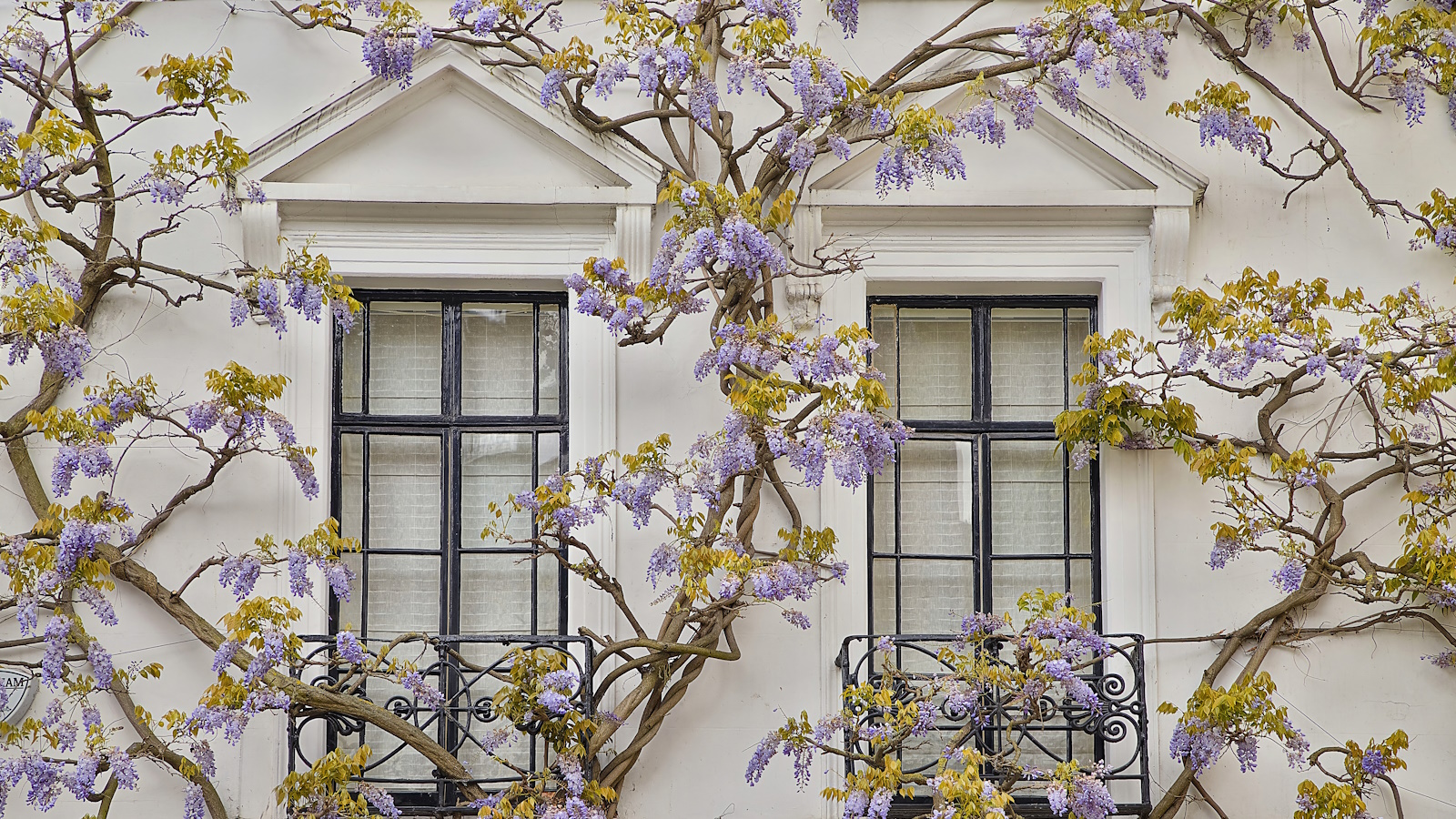
Wisteria are glorious flowering climbers, adored for their fantastic weeping blooms that come in shades of pink, blue, and purple, dazzling in late spring and summer.
They can be a gorgeous feature climbing up walls, pergolas, arches, or a fence. However, if you are growing wisteria in your backyard then they are plants that do need some care and attention. That will include pruning your wisteria annually.
Now you may know that trimming is important, but wonder, when do I cut back wisteria? To help answer this question, we hear from gardening experts so you know when it's time to prune the wisteria in your backyard.
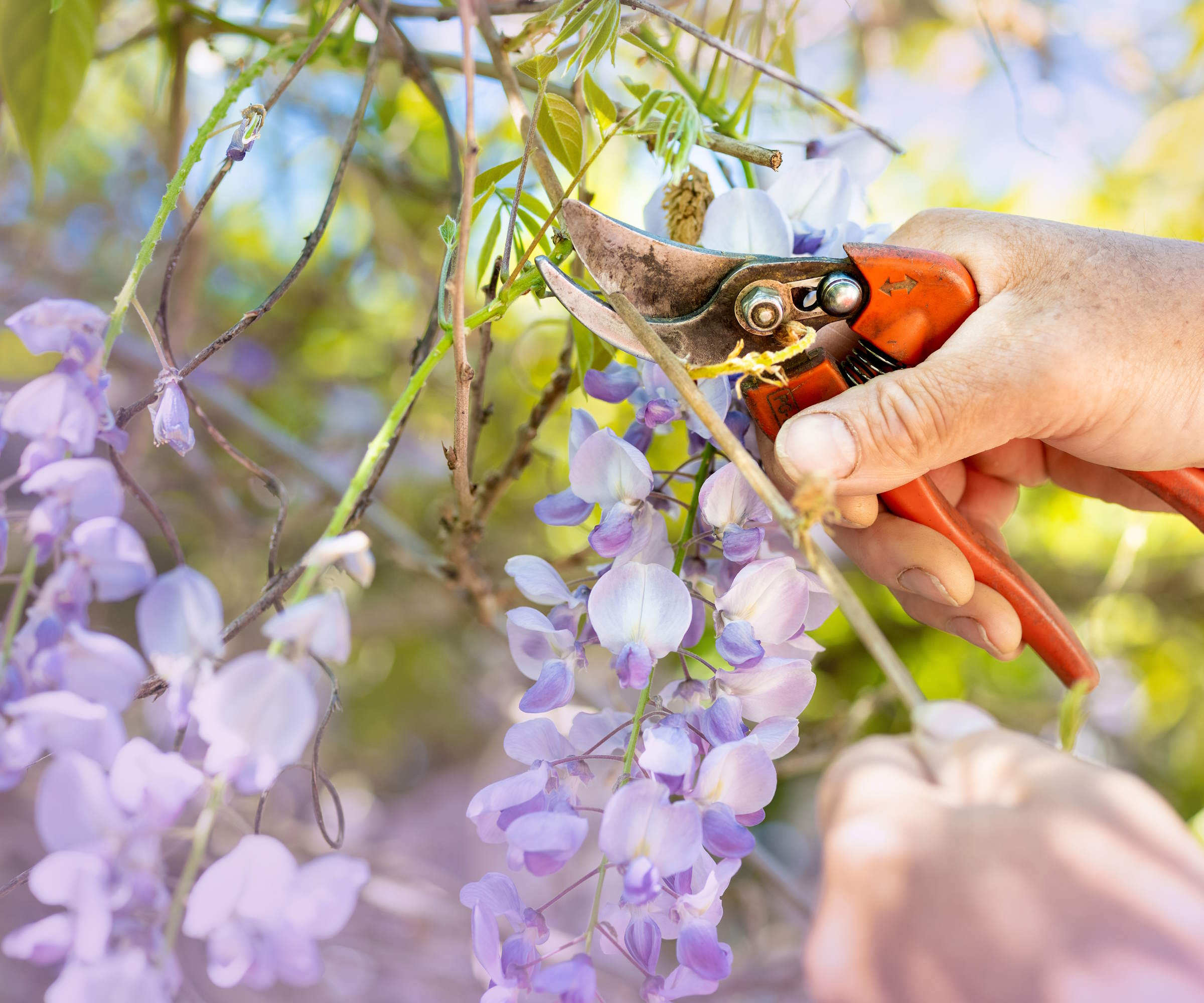
Why is pruning wisteria important?
Wisteria are strong and fast-growing climbing plants, they are beautiful but can get wild and unruly if not trimmed. Pruning keeps the plant under control and also encourages the maximum level of flowering - it means you get neat and controlled wisteria and lots of flowers that attract bees and other pollinators.
When is the best time to prune a wisteria
Wisteria needs to be pruned twice a year as part of any maintenance regime, once in the late winter or early spring and again in the middle of summer. Whether you are growing the flowering climber to cover a shed, or as a climbing plant over an arch, you will reap the reward of putting in the effort to give wisteria its two annual trims.
When to prune wisteria in winter
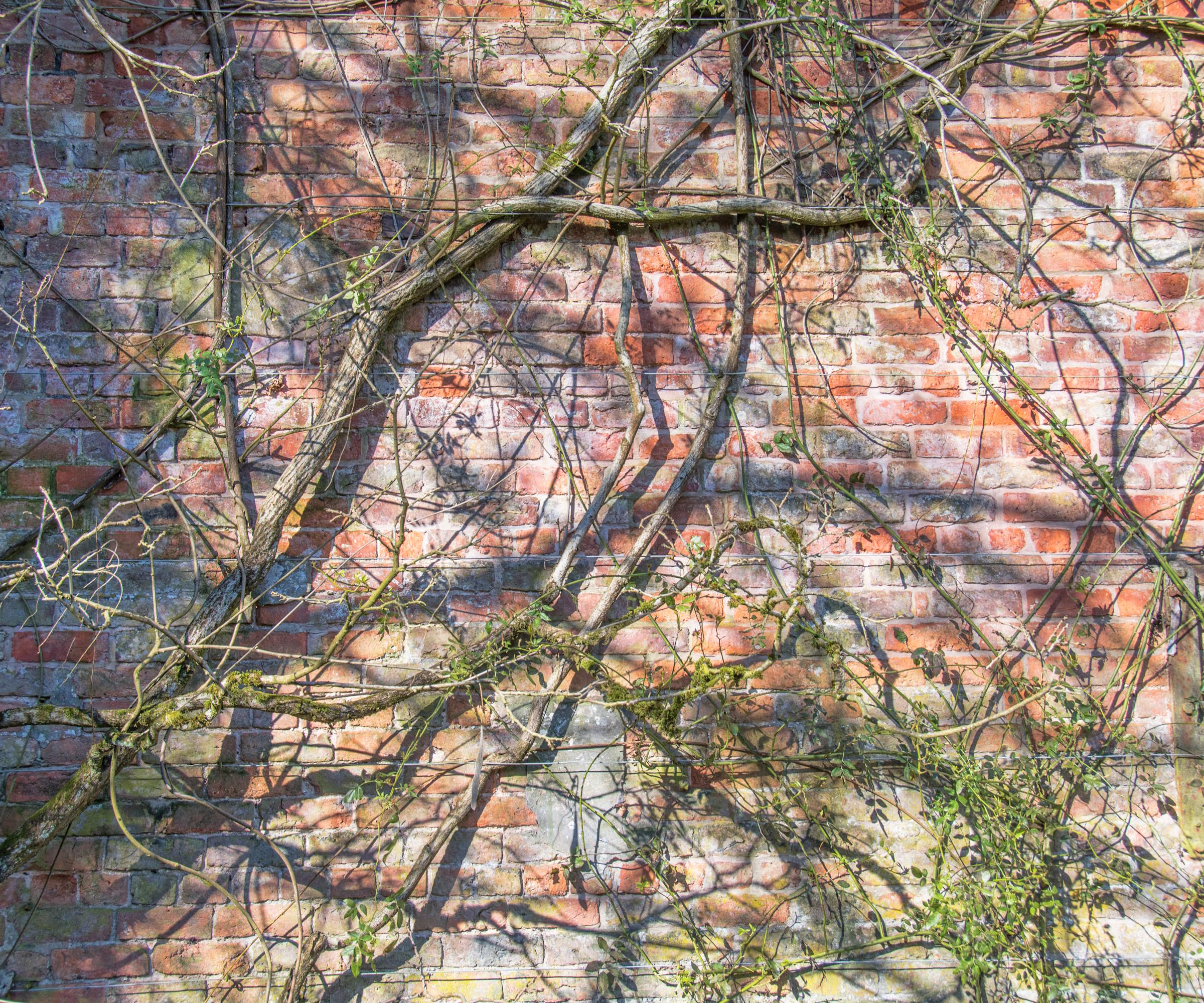
Wisteria is pruned during its dormancy period, which runs from late fall through to late winter or early spring. The best months to prune are in February or March, but the ideal time will depend on your US hardiness zone. The length and extremes of your winter climate will have an impact on when your wisteria starts to actively grow again.
There are real advantages to pruning the climber when it is dormant in late winter. Harry Baldwin, head of horticulture at Borde Hill, says that winter pruning will renovate the plants. He adds: 'Pruning in the winter will encourage the production of flower buds and ensures the flowers won’t be obscured by vigorous whippy growth.'
As well as benefiting the plant, pruning during dormancy can also make life easier for the gardener. As Craig Wilson, gardening expert at Gardeners Dream, adds: 'Without the leaves, it's much easier to see the structure of the plant and make thoughtful cuts that won’t be detrimental to your plants.'
If you live in a warmer climate, then it is best to prune in late winter before the wisteria starts to grow. However, if you live in a colder climate then it is best to wait to prune until the risk of frosts and snow have passed come spring.
It would be a pruning mistake to head out early and cut in the harsh winter weather, as it could jeapordize the health of your wisteria. This is because pruning during periods of extreme cold can damage the plant, prevent the wounds from healing properly, and leave the wisteria at risk of diseases.
When to prune wisteria in summer
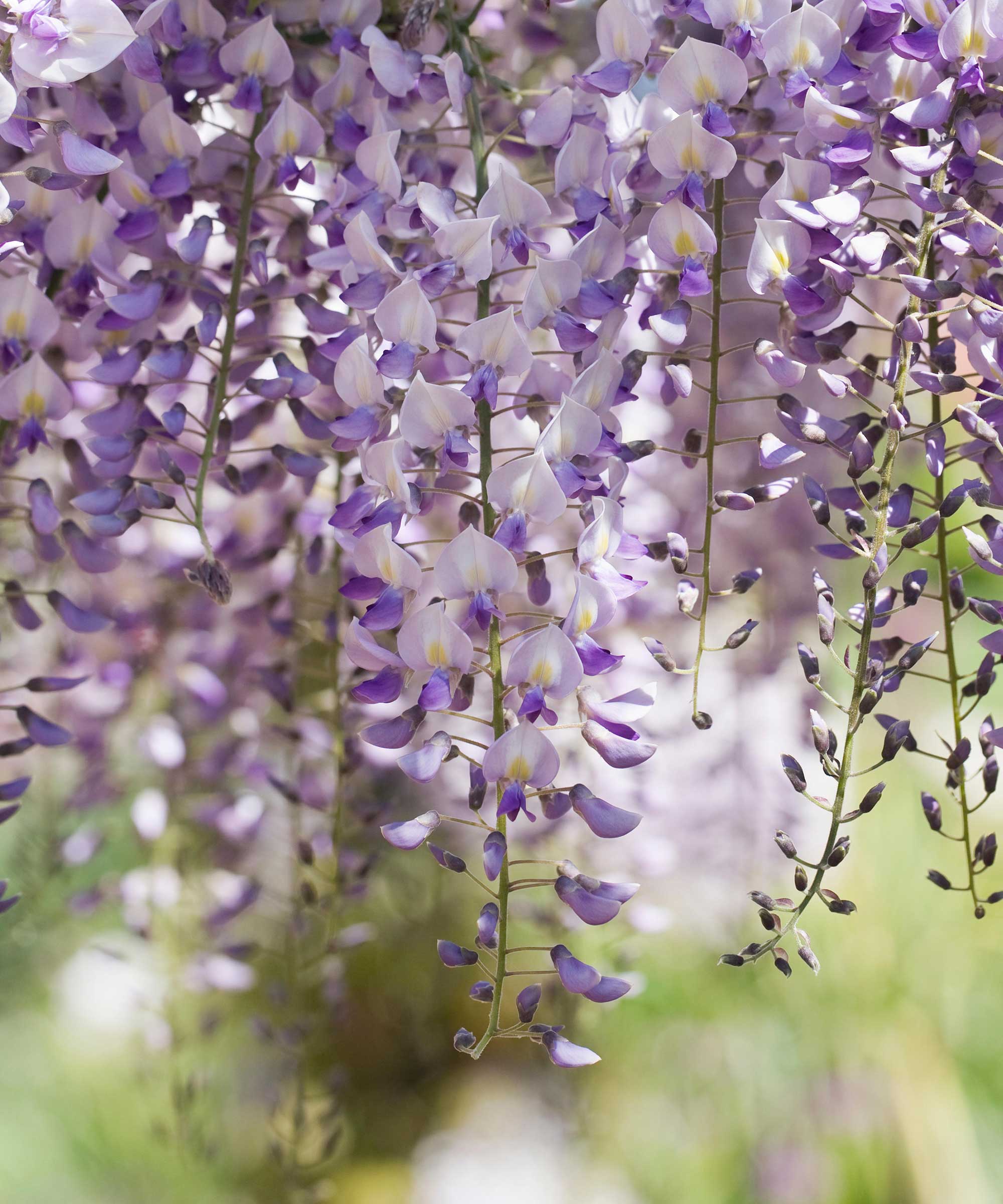
Once you have done a winter prune, it is recommended to make a note in your gardening plan for the year to then cut wisteria in summer. This pruning is fairly simple and keeps the growth of the wisteria in check - merely by trimming back the long shoots that have grown that season so far.
Harriet Worsley of Worsley Design & Consultancy says that the months of July or August are the best time to prune wisteria in summer - after the wisteria has finished flowering.
On the reasons why summer pruning is an important task to remember each year, Harriet adds: ‘It stops the plant from getting too wild in the summer, and then allow the plant to focus its energy more intensely into fewer buds, which means better, fewer, intensive flowers later, rather than a mass of weaker or non-existent blooms.’
The Felco 4 pruner provides quality and comfort for everyday pruning. With lightweight forged aluminum handles and a hardened steel blade, it is a great model for daily pruning tasks
Risks of pruning wisteria at the wrong time
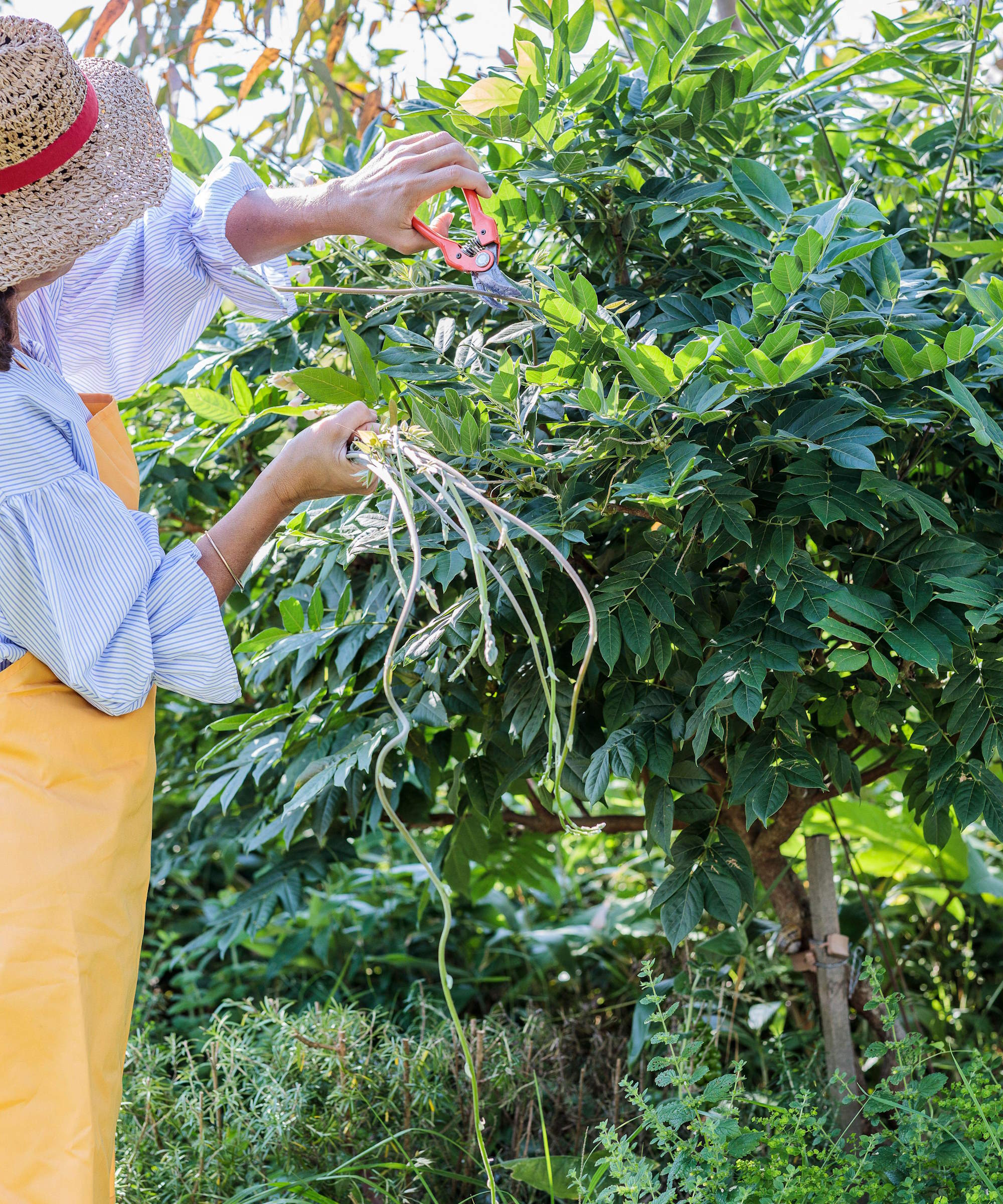
For the overall long-term health it is recommended to only prune wisteria during the core two trimming windows. The only exception will be to prune dead, diseased, or damaged stems that you spot - these do need to be removed and such minor pruning should not pose a risk.
'Pruning at the wrong time can pose a couple of risks,’ says Craig Wilson. ‘Firstly, you run the risk of cutting off the flower buds that formed on last year's growth. Doing this will result in fewer blooms in the spring.’
Pruning during fall will also cause issues, as the wisteria will respond by putting out a flush of new growth. That material produced late in the growing season will be damaged by winter frosts, and that can leave the wisteria very stressed and increasingly vulnerable to pests and diseases.
If you pruned in early winter that would also leave the wisteria at risk of the incoming cold weather. Frosts can penetrate into the exposed pruning cuts and cause damage to the plant, affecting its tissues and hindering the healing of the wounds caused by trimming.
So, it is always recommended to only stick to the two ideal windows of late winter or early spring, and after flowering in summer, to prune your wisteria. This way your plants will remain healthy, under control, and flowering at their best year-after-year.
FAQs
Can I prune my wisteria in June?
Depending on your climate, and the variety of wisteria, you can potentially prune wisteria in June. Providing the plant has finished flowering, it can be a reasonable time to head out and trim. If the wisteria is still in full bloom, then you need to wait to give it the summer prune.
Now you should fully understand the right times to prune your wisteria, along with when it is best to avoid heading out with the pruning shears. If you live in a warmer climate, then make sure you add pruning wisteria to your late winter gardening checklist for plants to prune in February.







